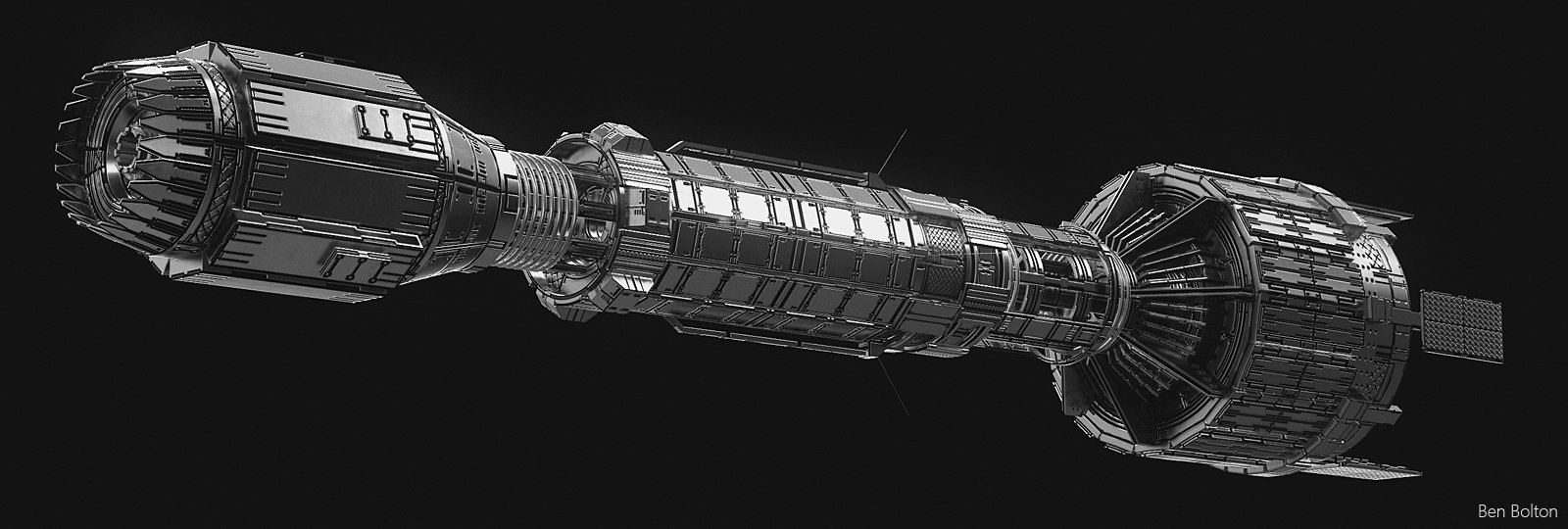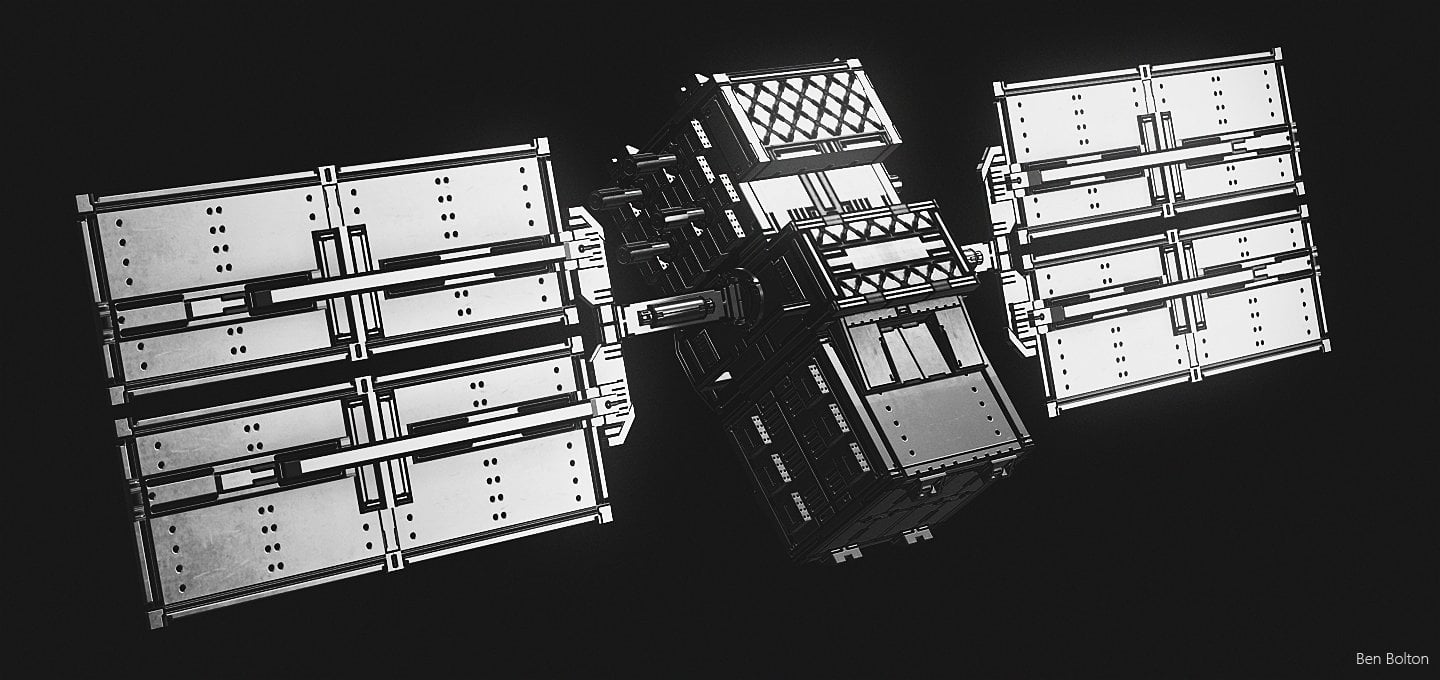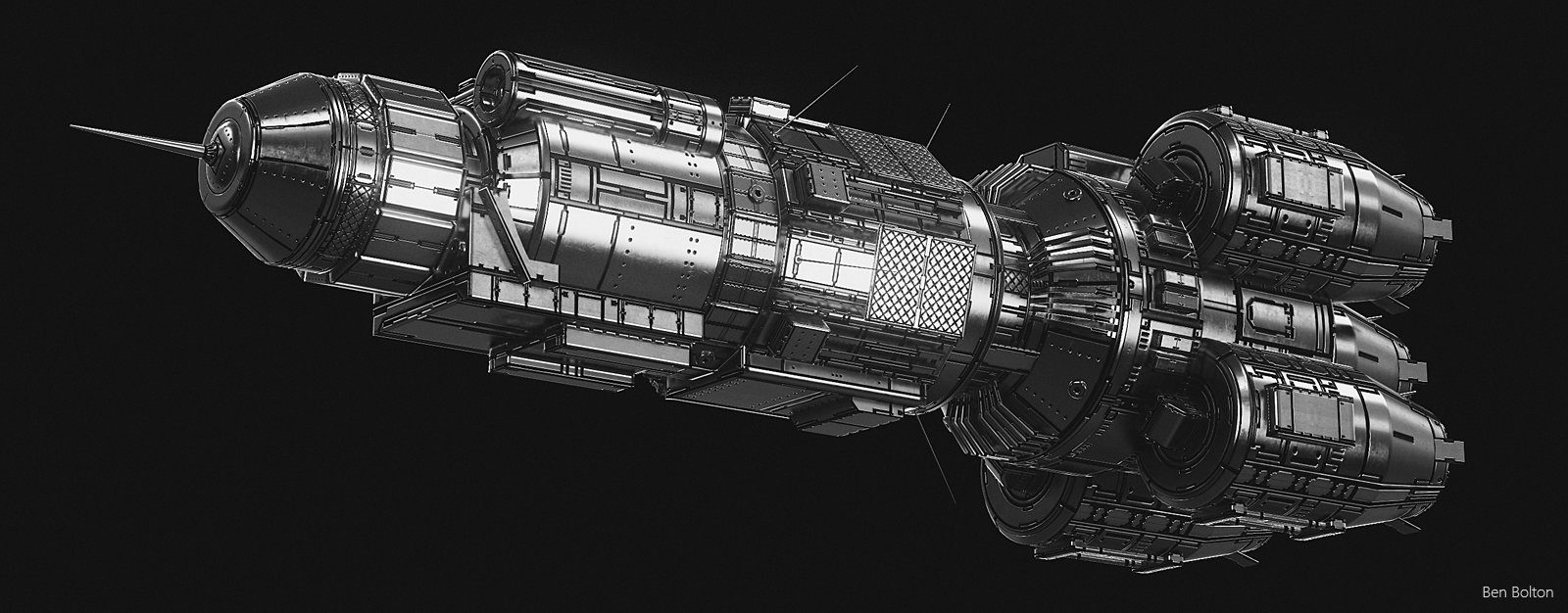The BRAWL² Tournament Challenge has been announced!
It starts May 12, and ends Oct 17. Let's see what you got!
https://polycount.com/discussion/237047/the-brawl²-tournament
It starts May 12, and ends Oct 17. Let's see what you got!
https://polycount.com/discussion/237047/the-brawl²-tournament











Replies
+ flat colors for diffuse and spec, tiling grunge stuff for gloss
All of these are a single UV channel because Marmoset doesn't let you do layered shaders or UV channel shenanigans (yet).
This kind of atlasing works really well for discrete details like panel lines and bolts. But your UVs end up being all over the place, all different scales. You can't do much actual texture work with overlays, patterns, or photos because there will be obvious seams and differences in texel density. For these I'm only using a generic, subtle grunge texture in the gloss and even then you can sometimes spot the seams and symmetry lines.
The way around that is to have a second UV channel, where you do a conventional unwrap. Then you can texture on that unwrap as usual, and blend in the atlas details using the other UV channel. So you'd have the "main" texture on UV1 plus the atlas sheet full of details on UV2. I'm using Marmoset which doesn't enable that kind of thing yet but maybe I'll download UE4 and throw together an example, the nodal shader editor they have makes it easy to set this kind of thing up.
The diffuse and spec are flat colors that roughly match raw metal (dark gray albedo, bright spec), this is the gloss:
I've been rendering them from Marmoset with the spec color tinted red because it's darker once desaturated, helps to pop the highlights
Then I just do some layers to boost the contrast / get camera bloom... could probably be simplified a bit. This could all be done in Toolbag itself because they let you define the tone grading with a curve, I'm just doing it in PS out of habit